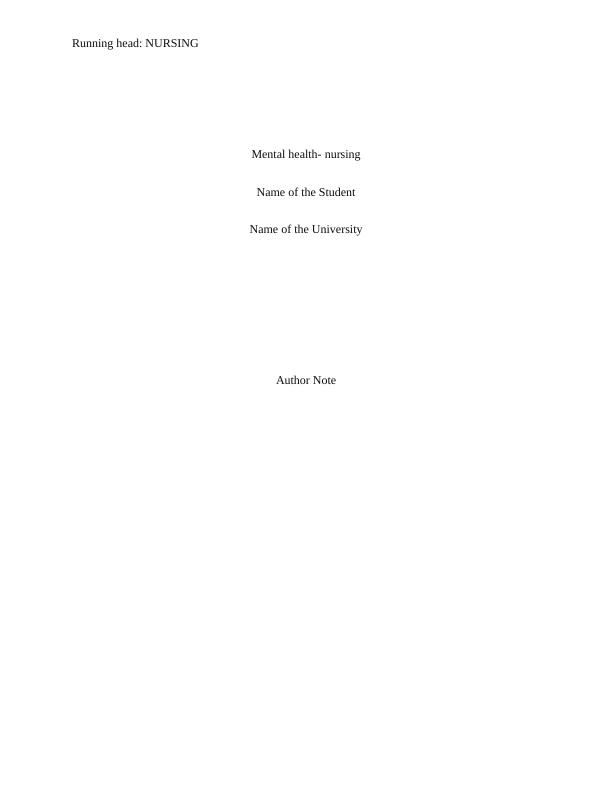Disproportionate Influence of Childhood Trauma
Conduct a review of the literature on Trauma Informed Care, addressing sections such as introduction, definition of Trauma Informed Care, evaluation tools, reducing re-traumatization, and conclusion. The paper should be 1,500 words long and follow APA referencing style.
10 Pages2474 Words25 Views
Added on 2022-08-26
Disproportionate Influence of Childhood Trauma
Conduct a review of the literature on Trauma Informed Care, addressing sections such as introduction, definition of Trauma Informed Care, evaluation tools, reducing re-traumatization, and conclusion. The paper should be 1,500 words long and follow APA referencing style.
Added on 2022-08-26
ShareRelated Documents
End of preview
Want to access all the pages? Upload your documents or become a member.
Trauma Patient: Prevalence, Pathophysiology, and Trauma-Informed Care
|11
|3072
|135
Trauma-Informed Care
|12
|3512
|120
A case study on Post traumatic stress disorder
|11
|3847
|2
Trauma-Informed Care for Addiction Patients: Understanding Trauma and Relapse Prevention Therapy
|7
|1585
|474
Case of Jacob
|7
|1676
|89
Post Traumatic Stress Disorder Research Paper Outline
|7
|1163
|115



